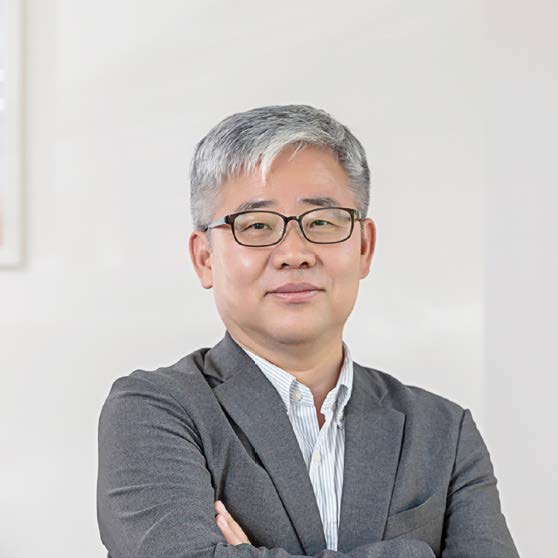Greetings from Seoul,
I am truly delighted to release the fourth issue of the “NRICH,” an English newsletter of the National Research Institute of Cultural Heritage. As we publish more issues, I am glad that the magazine is gaining reputation as a good guide to understanding Korea’s history and culture.
The fourth issue is themed “Crossing Frontiers Between Cultural Heritage and Natural Science.” Researching an object only by its morphological or materials characteristics yields limited information only. There are more inside the invisible inside of cultural heritage and many scientific technologies are used to answer questions such as when, why and how the cultural heritage was created. In today’s world, it has become very common to apply X-ray, 3D scanning and computed tomography (CT) to cultural heritage.
Estimating the relative age of a relic by tracing the evolutionary development process based on the external shape or structure of an artifact is now very elementary. Devised by Willard Libby in 1949, the radiocarbon dating method, which measures the age of organic materials through radioactive decay, is now the most commonly used dating method and has been so generally used that it feels almost classical. Introduction of the accelerator mass spectrometry (AMS) has upgraded the radiocarbon dating method, taking it to the next level. Various scientific dating methods including luminescence
dating, dendrochronology and archaeomagnetic dating are used to trace the age of archaeological materials. Human bones from thousands of years ago is more than a sample to reveal physical characteristics of human, but more widely used to unravel the genetic information, paleodiet and disease by DNA and isotopes extracted from bones and other human remains. In addition, geographical Information system (GIS) is expanding the understanding mutual context of surrounding environment and broadening the scope of cultural heritage research.
Currently in Korea, numerous natural scientists are conducting multidisciplinary research with cultural heritage experts including archaeologists, art historians and ancient architects. The results of their joint research are constantly pouring out, not only from cooperation in the fields of excavation or investigation of cultural heritage, but also from laboratories and forums. All of this was made possible through the synergy between cultural heritage and natural science.
I look forward to the day when everyone who loves cultural heritage all over the world can escape the gloomy veil of COVID-19 soon, stand shoulder to shoulder and explore cultural heritage sites together. Until then, I hope this “NRICH” newsletter would be your companion, providing some comfort. I send my deepest gratitude to all the readers.
Director General of National Research Institute of Cultural Heritage
Dr. JI Byongmok





Leave a Reply